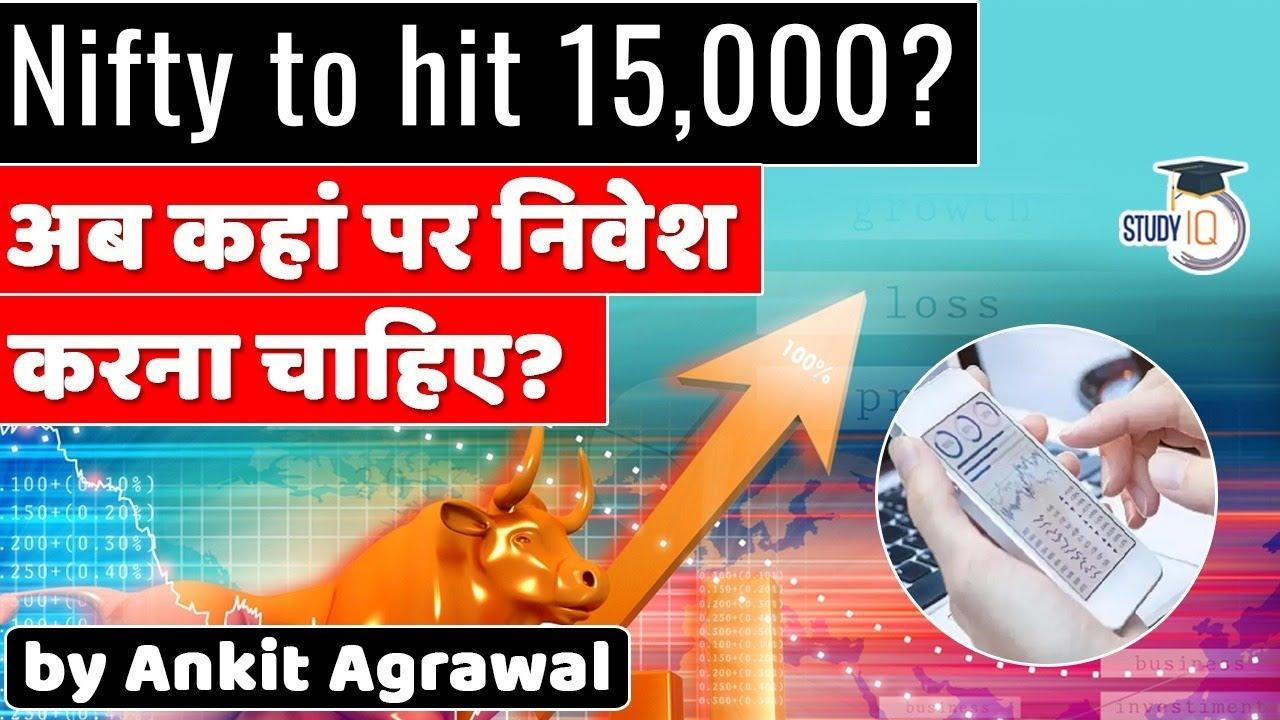Table of Contents
What’s happening?
- The Sensex and the Nifty are trading at all-time highs, and there is still enthusiasm among retail investors about participating in equity markets.
- But the free ride may be over, and everything that one invests may not rise.
- In fact, August has seen a clear divergence in performance across various indices.
- While the benchmark Sensex has risen 5.8% in August to trade at over 55,500, the mid-cap index has risen just 0.1% and the small cap index is down 2%.
What the Bofa says?
- A Wall Street brokerage has warned of a 9% near-term correction for the equity market,
- Saying the street has only limited runway to continue the rally that began in the second half of last year.
- The benchmark index Sensex has added a whopping 6,000 points since January and touched 56,000 on Wednesday.

- Following the pandemic mayhem, the stock market tanked over 35 per cent in March 2020.
- It has rallied over 118% since then and after scaling 50,000 in January, the Sensex has peaked the 56,000-mount earlier this week.
- “We expect the markets to correct near-term to the tune of 9%.
- Our Nifty target is 15,000 by December implying a 9 per cent potential downside near-term,“
- Analysts at Bank of America Securities India said in a note on Friday, adding an analysis of the past market rallies that suggests the current rally has limited runway.
- The report has not given guidance on the Sensex target.
But why it think so?
- “Our analysis of the past bull and bear rallies suggests a typical run of about 75 weeks, providing an average 106% return.
- After such rallies, the market typically corrects about 30% over a four-month period,” the report said.
- It further added that since the current rally has amassed a 118 per cent total return over the past 73 weeks, “we see limited further runway in light of emerging risks near term.”
What are the negative triggers?
- Peak valuations, the US Fed’s tapering talk, rise in US yields, a strengthening dollar, the consensus EPS cuts, and the muted IPO gains in recent weeks,
- Could act as negative triggers, they added.
- It can be noted that there has been a massive 64 per cent increase in the retail participation in terms of daily volume since March 2020, up from 45% earlier.
- This was one of the key contributors to the rally present.
- But the muted gains within IPO listings recently poses a risk to levered retail positions, it noted.
Where should you invest?
- While the market rally is driven more by liquidity, and it is getting more and more expensive with every rise,
- An unexpected hiccup can lead to a correction and may first impact the companies in the mid- and small-caps segment.
- Experts say that in this uncomfortable zone in terms of valuation and the fear of losing out on a rally, it is time to get into large caps funds or companies.
- While they provide better protection in times of correction, investors can also look at companies that have significant businesses focused outside India.
- “One must avoid small-caps and even mid-caps at this time. Investors should either go for large-caps, flexi-caps or hybrid funds and the better way to do is through STPs instead of investing lump-sum amount,” Said Surya Bhatia, founder, AM Unicorm Professional.
How does STP work?
- A systematic transfer plan (STP) allows an investor to give consent to a mutual fund to periodically transfer a certain amount from one scheme to another at fixed intervals.
- This facility allows deployment of funds in a staggered manner and helps the investor take advantage of a correction in the market.
- For example: If an investor wishes to deploy Rs 10 lakh into equities, instead of investing it all together at one go, he/she can invest a lump-sum of Rs 10 lakh in a debt mutual fund and thereafter set up an STP of a certain amount in an equity fund.
Latest Burning Issues | Free PDF
























 WhatsApp
WhatsApp